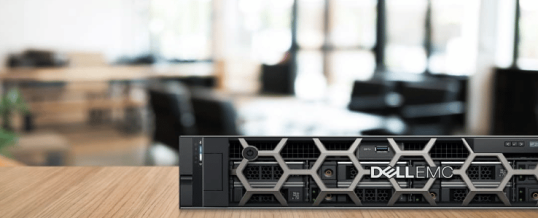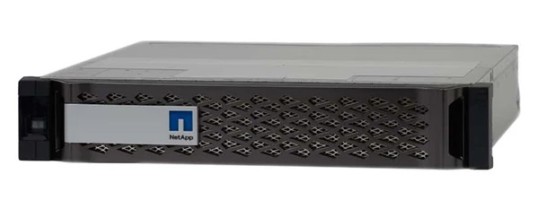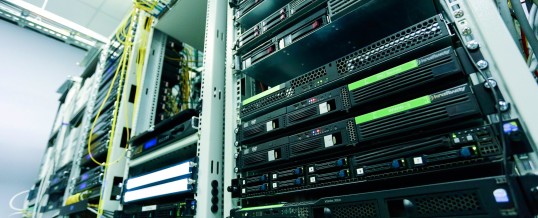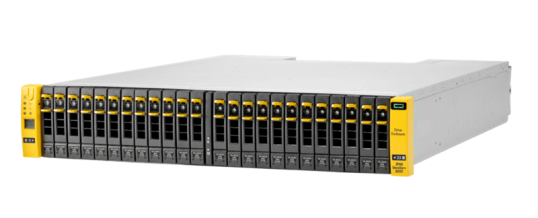Virtualization is a technology that allows one physical computer to run multiple “virtual” computers. It’s like having multiple computers inside one physical box! This is done using a special program called a hypervisor. Virtualization has become popular because it helps businesses save money and use their computer resources more efficiently. With virtualization, businesses can easily create, delete, and move around these virtual computers as needed, making it easier to adapt to changing needs. Virtualization can also help improve security ...
Continue Reading →APR





